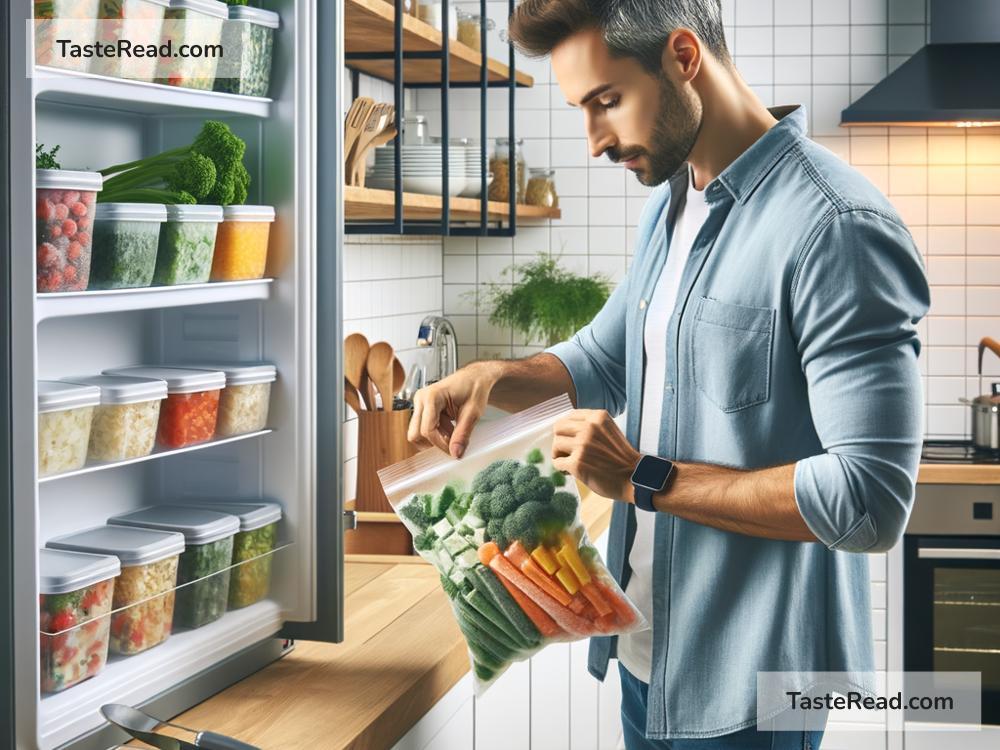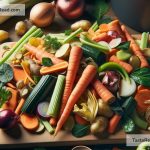Making Better Choices: A Guide to Using Frozen Ingredients Sustainably
In today’s fast-paced world, we often find ourselves reaching for the quickest and easiest options when it comes to meal preparation. Frozen ingredients, from vegetables to fruits and even meats, have become staples in many households due to their convenience and long shelf life. But as we become more conscious of our environmental footprint, it’s vital to consider how we can make sustainable choices, even when opting for frozen foods. Here’s a simple guide to doing just that.
Why Go Sustainable with Frozen Ingredients?
First off, why should we even bother? Well, making sustainable choices helps reduce waste, conserve energy, and protect natural resources. By choosing and using frozen ingredients wisely, we not only benefit the environment but can also enjoy healthier, tastier meals, and potentially save money. It’s about making smart choices that benefit both the planet and our wallets.
1. Choose Wisely
Not all frozen foods are created equal. Opt for products that have minimal packaging, or packaging that’s recyclable or compostable. Look for brands that commit to sustainable farming practices or use renewable energy sources in their production processes. And whenever possible, choose organic ingredients to minimize your exposure to pesticides and support farming methods that are more in harmony with nature.
2. Shop Local
Even in the frozen section, you can make choices that support local businesses and reduce food miles, which is the distance food travels from where it’s grown or made to where it’s consumed. Look for products that are sourced locally, or consider buying fresh local produce and freezing it yourself. This not only supports your local economy but also reduces the carbon footprint associated with transporting food long distances.
3. Bulk Up
Buying in bulk can reduce the amount of packaging waste and often saves money in the long run. If you have the storage space, consider investing in larger bags of frozen fruits, vegetables, or other ingredients. Just make sure you have a plan to use them before they suffer from freezer burn, which can compromise their quality and taste.
4. DIY Freezing
One of the most sustainable moves you can make is to freeze your own ingredients. Seasonal fruits and vegetables can often be bought in bulk at a lower price, then washed, chopped, and frozen for later use. Not only does this reduce waste by allowing you to save produce that might otherwise spoil, but it also gives you control over portion sizes and packaging. Use reusable freezer bags or containers to make this option even greener.
5. Be Energy Smart
The way you manage your freezer can have a big impact on energy consumption. Keep your freezer at the optimal temperature (usually around 0°F or -18°C) to ensure food safety while avoiding unnecessary energy use. Organize your freezer so that air can circulate efficiently, and defrost regularly to keep everything running smoothly. Opening the freezer less frequently and making sure it’s well stocked (but not overcrowded) can also help maintain its temperature more efficiently.
6. Mindful Meal Planning
Sustainable choices involve more than just the ingredients themselves; it’s also about how you use them. Plan your meals to utilize what you have, reducing the chances of food waste. Frozen ingredients are incredibly versatile and can be used in a range of dishes from stir-fries and soups to smoothies and desserts. Get creative and use up what you have to avoid unnecessary trips to the store, which not only saves ingredients from going to waste but also saves on the gas or transportation used to make those trips.
The Bottom Line
Making sustainable choices with frozen ingredients isn’t just about the environment; it’s a holistic approach that considers health, taste, and economy too. By choosing wisely, shopping local, opting for bulk purchases, freezing your own ingredients, being energy smart, and planning meals mindfully, we can all make a significant impact. Each small step we take leads to a larger path towards a more sustainable lifestyle that benefits both the planet and our own lives. So next time you reach for a frozen packet at the store, think about how you can make that choice a greener one.


